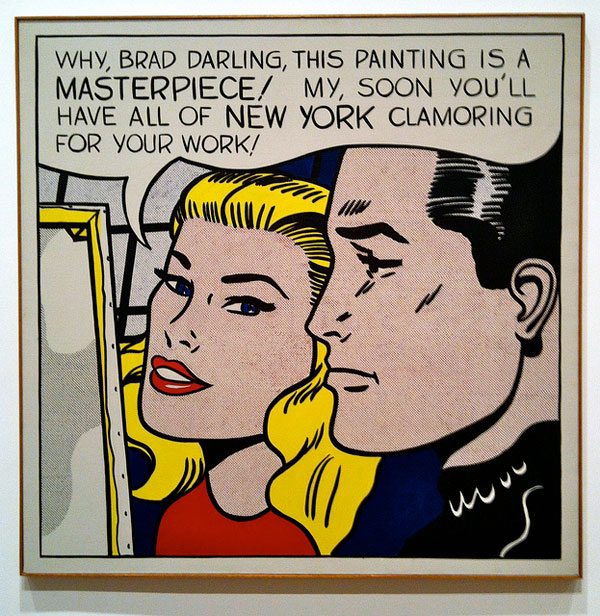
September 19, 2017; Washington Post
Anyone working in the field of criminal justice knows there is not a boatload of philanthropic money dedicated to the multilevel work that needs to be done to reverse the tide on overincarceration in the United States. This overincarceration, and the practices that precede incarceration, disproportionately affect communities of color. With the recent installation of Donald Trump as president and of Jeff Sessions as attorney general, we have seen a reversal at the federal level of bipartisan advances made on reform that had been long worked for.
In the midst of this, last January, Agnes Gund, banking heiress and president emerita of the Museum of Modern Art, sold her 1962 pop art Masterpiece by Roy Lichtenstein for $165 million. The sale was one of the 15 highest prices ever paid for artwork. She gave $100 million from the sale to create the Art for Justice Fund, which on its website calls itself “a movement to end mass incarceration.”
“I thought I should do something about something that to me is so wrong about our system,” Gund said.
The Fund is a model of collaboration. Gund hopes her philanthropy and the urgency of the moment will inspire other art collectors to sell what they can live without to raise at least another $100 million for her fund over the next five years. The Ford Foundation administers the Art for Justice Fund and covers its operating costs. Rockefeller Philanthropy Advisors disburses grants from the fund and provides other support to the initiative. The fund will support groups and individuals working on issues of criminal justice reform.
Sign up for our free newsletters
Subscribe to NPQ's newsletters to have our top stories delivered directly to your inbox.
By signing up, you agree to our privacy policy and terms of use, and to receive messages from NPQ and our partners.
Shootings of black teenagers in recent years inspired Gund to create the fund, and the documentary 13th was also an influence. Law professor Michelle Alexander’s book, The New Jim Crow: Mass Incarceration in the Age of Colorblindness, gave eloquent and urgent expression to Gund’s rising realization that the war on drugs was a continuation of the race war by other means. On a more personal level, six of Gund’s 12 grandchildren are African American.
Jonathan Capehart, a member of the Washington Post editorial board, shared on the Post’s PostPartisan blog his conversation with Gund and her longtime friend, Darren Walker, president of the Ford Foundation.
“We have set some numerical targets that we want to achieve: 25 percent reduction in the number of men and women incarcerated in America over the next five to seven years,” Walker told me during the interview with him and Gund at the Ford Foundation offices in midtown Manhattan. “And that will happen through a series of investments in states across the country because remember, most people in prisons are in state penitentiary systems and county jails. They’re not in federal prisons.”
“And so, the funds, the $100 million plus the funds that we are raising in a matching campaign,” Walker continued, “will be directed to organizations working both nationally and in states on specific strategies: strategies that address disparities and sentencing, that aim to reduce private prisons, that seek to reform prosecutors’ offices, that seek to raise awareness and educate the public about the history of racism, slavery and the implications today for this legacy that we must address.”
“Why, Brad darling, this painting is a masterpiece! My, soon you’ll have all of New York clamoring for your work!” This is the text in the speech balloon in the $165 million Lichtenstein comic strip image that used to hang over Gund’s living room mantle. If anyone can make the work of prison reform a masterpiece worth clamoring for, it will be the Art for Justice Fund that Gund, Walker, and the folks at RPA are leading.—Jim Schaffer













